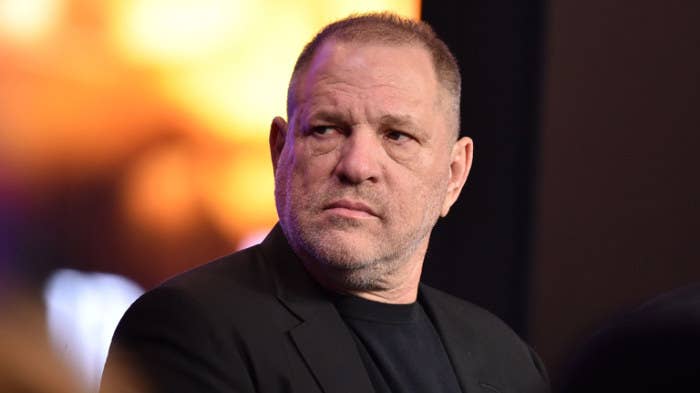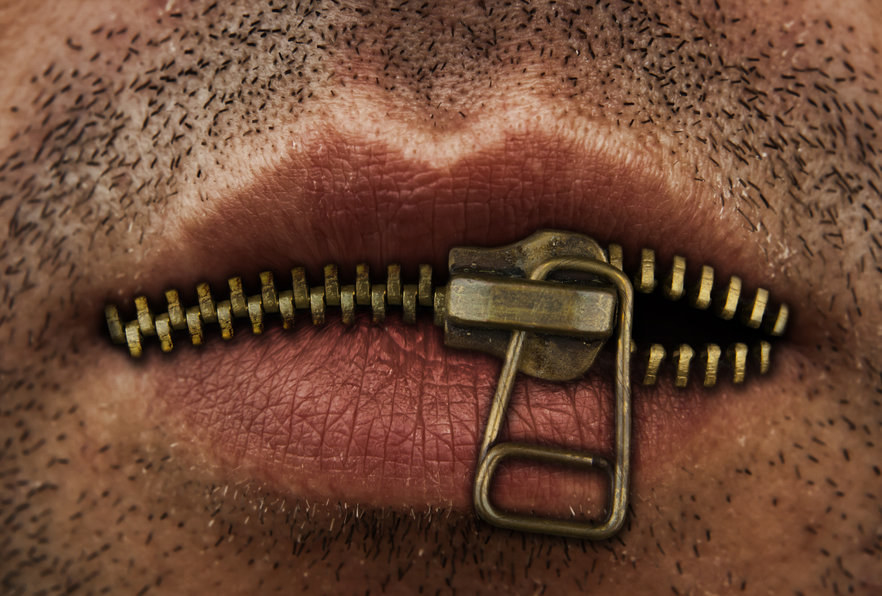In recent times, it seems like all media channels are saturated with content regarding sexual assault, from radio to TV, Facebook to Twitter, and beyond. One of the most highly publicised cases as of late involves actor and comedian, Bill Cosby, and numerous females who claim to have been victims of sexual assault by him. Even more recently, high-profile celebrities, including Angelina Jolie and Cara Delevingne, have shot film producer, Harvey Weinstein, with shocking allegations of sexual assault and harassment, with some going as far as rape.

Unfortunately, such acts of violence remain a reality today, as cases like those mentioned above validate. Therefore, it is imperative that they are brought to light and discussed in order to help combat the issue. Sexual assault can happen to anyone, irrespective of age, sexual orientation, or gender identity, and said characteristics equally apply to the perpetrator. Perhaps even more disturbing, a close relationship between both parties is evident in many cases.
This article presents 5 facts on male sexual assault that you probably do not know, with the aim of growing awareness to the topic.
1. 1 in 6 men experience sexual assault by the age of 18.
For the most part, society’s idea of sexual assault involves a male perpetrator and a female victim. Maintaining this view is not totally unreasonable, as sexual assault is traditionally an act of female subjugation (as numerous studies indicate). That said, failing to also consider men as victims of sexual assault is a terrible oversight and one that many people continue to make today. The fact is that it happens to men too and it happens much more often than you may think - to 16.67% of males before they even reach the age of 18 to be exact.
Rape, which falls under the umbrella term of sexual assault, is committed 1 out of 10 times on males. This statistic is incredibly significant, as it was not until the 1980s when scholars even began to acknowledge rape in the context of men. In fact, the FBI only updated its official definition of rape in 2012, removing the word ‘female’, and so finally recognising incidents involving male victims.
In a 2013 survey of 40,000 households regarding sexual assault, 38% of instances were against men. Of those men, approximately 25% of cases took place by the age of 10. This startling rate of sexual victimisation among men directly challenges society’s assumption that men can only be the perpetrators.
View this video on YouTube
Sexual assault survivor, Sam Thompson, accounts his traumatic case and its aftermath.
2. Certain groups of men are at higher risk.
Male prisoners are particularly susceptible to sexual assault and rape. In a survey conducted by the Bureau of Justice Statistics (BJS), inmates reported an astronomical number of incidents - 900,000! Even worse again, while sexual assault against men is highly prevalent in prison, it is not accounted for in the general national statistics. This brings about a series of questions with regard to ethics and the personhood of prisoners. Also, if these figures were to be taken into consideration, as they should be, facts regarding male sexual assault would better reflect its actual frequency.
One major grey area, around which lays utmost curiosity, is the gender of the perpetrator in cases of male sexual assault. The truth is that the perpetrator is often female. An analysis of BJS data, for instance, turned up that 46% of male victims reported a female perpetrator. In addition to this, female guards were deemed to be the perpetrator in 89% of cases of sexual misconduct with juvenile inmates. Statistics of this sort shatter preconceived notions that males could never fall victim to females in terms of sexual assault.
Elsewhere, male sexual assault is quite common in the military, and male college students have a much higher chance of being victimised than their peer group who do not attend college (see diagram below).

3. Only 5% of male sexual assault victims file a crime report.
When it comes to male sexual assault, a stigma has always existed. In fact, many people today remain ignorant to the fact that such a situation could arise. This, in turn, means that most male victims remain quiet. This is extremely disappointing, as the facts that have been established are somewhat staggering. For example, about 1 in 33, or 3%, of American men have experienced an attempted rape in their lifetime.
The lack of research is emblematic of how our society views men, their role, and the conception of rape itself. Men are perceived to be initiators of sexual acts, dominant, protective, and certainly not capable of being sexually assaulted. In this way, many male victims are shamed into keeping their horror to themselves.
View this video on YouTube
A campaign video mirroring the various opinions surrounding male sexual victimisation.
Furthermore, why does it remain acceptable to make jokes regarding male sexual assault and rape? Modern comedy films, such as ‘Get Him To The Greek’ and ‘Wedding Crashers’, have done so, and this consequently influences how society perceives the topic. Imagine the backlash and consequences of making light of rape involving a female victim in the name of comedy. This is dehumanising to male victims.
4. Male sexual assault victims are likely to develop mental health issues.
Men who have been sexually assaulted generally have many of the same feelings and reactions as females, but they may also face additional challenges because of social attitudes and stereotypes about men and masculinity. Men are often afraid to come forward out of fear of others not believing them or telling them that, “men can’t be raped”, “man up”, or similar stereotypical attitudes. This leads to many men bottling up their experience and more importantly, their emotions. The suppression of these emotions and submergence of feelings adds extra pressure and shame on male victims, which leads to a higher risk of developing mental health issues down the line.

This highlights just how important it is to start talking about male sexual assault and to let men know that it is okay to speak up. At present, mental health awareness and ending its stigma is going through a paramount movement. This needs to transcend into male sexual assault so that these men know that they are fully supported.
Another important point is that men who fall victim to sexual assault and rape, in many cases, become aroused and/or ejaculate (which frequently causes even deeper confusion and humiliation). Many people equate this to giving consent when in actual fact it is simply a biological response. To put it simply, the mere presence of physiological symptoms indicates neither genuine arousal nor consent. The high degree of depression, loss of self-esteem, and difficulties in maintaining relationships amongst male victims of sexual assault emulates this.
5. An extensive conversation needs to be established.
While it is becoming less of a ‘taboo’ to tackle the subject of female rape, people still rarely talk about male sexual assault. However, if just one man was to talk about his experience, this could help a fellow victim find the courage to open up. This could ultimately help break down the stigma, which somehow still exists in 2017.
As a result of Mr Weinstein’s current sexual assault controversy, a number of well-known individuals have been inspired to disclose their own stories of sexual assault. For example, actor James Van Der Beek recently found the courage to speak up about his experiences in a series of tweets.
What Weinstein is being accused of is criminal. What he’s admitted to is unacceptable - in any industry. I applaud everybody speaking out.
I’ve had my ass grabbed by older, powerful men, I’ve had them corner me in inappropriate sexual conversations when I was much younger...
I understand the unwarranted shame, powerlessness & inability to blow the whistle. There’s a power dynamic that feels impossible to overcome
James Van Der Beek admits to being a victim of sexual assault.
YouTuber Jonathan Saccone Joly also opened up about his struggles with sexual assault in a touching video. While watching, it is evident that tackling the subject matter is still a considerable struggle, with the 37-year-old having major difficulty mustering up the courage to say the words. Influencers, such as Johnathan, who disclose their experiences are particularly significant because they have younger audiences watching and subscribed to their channels. This opens the conversation in younger demographics, which is a huge step forward.
View this video on YouTube
YouTuber Jonathan Saccone Joly opens up about his struggle with sexual assault.
Though gender roles have evolved throughout the years, society’s assumption and perception that men are always the perpetrators and women are always the victims remains rigid, despite evidence to the contrary. Conclusively, addressing the issue of male sexual assault does not in any way diminish the need to place our utmost focus and research into female victims. Our resources, as well as our empathy, should never be segregated by gender. No one deserves to be assaulted. No one deserves to be harassed. No one deserves unwanted sexual contact. Everyone should have equal access to necessary resources, as well as an equal opportunity to heal and recover.





